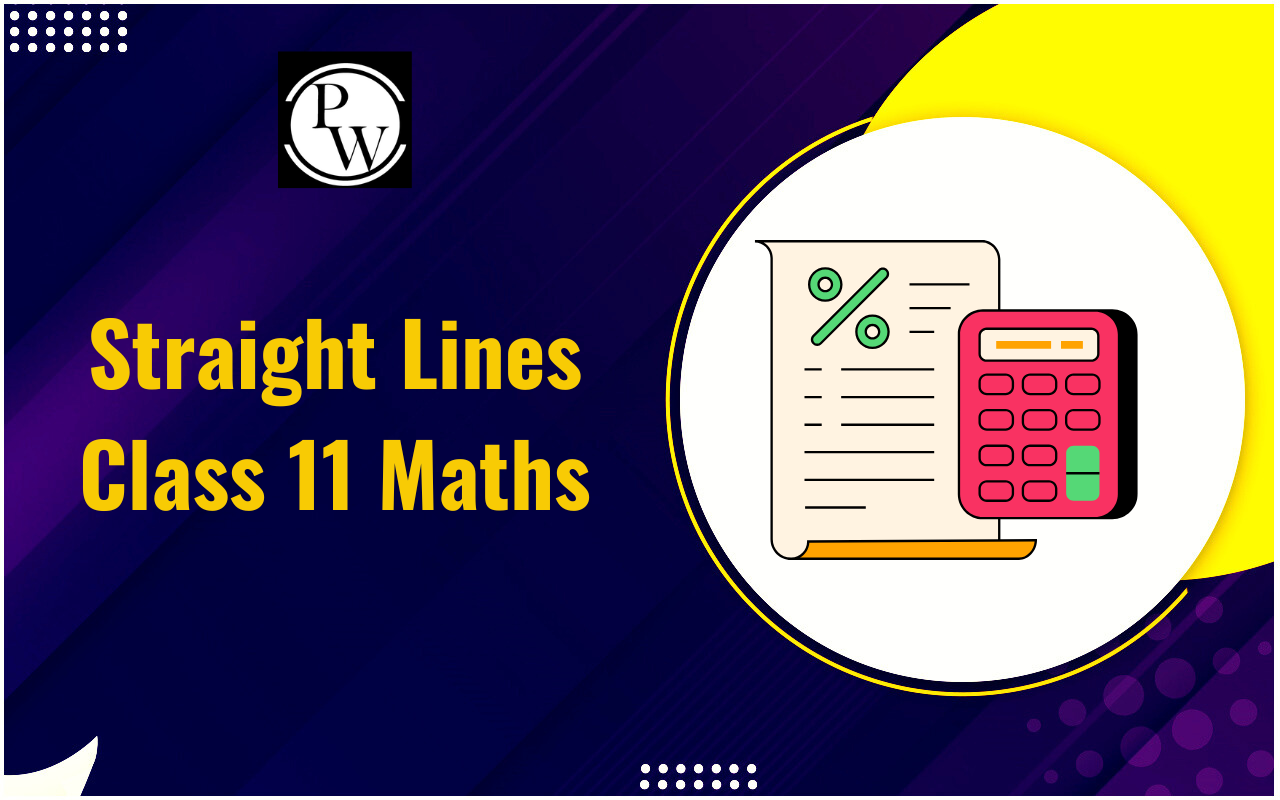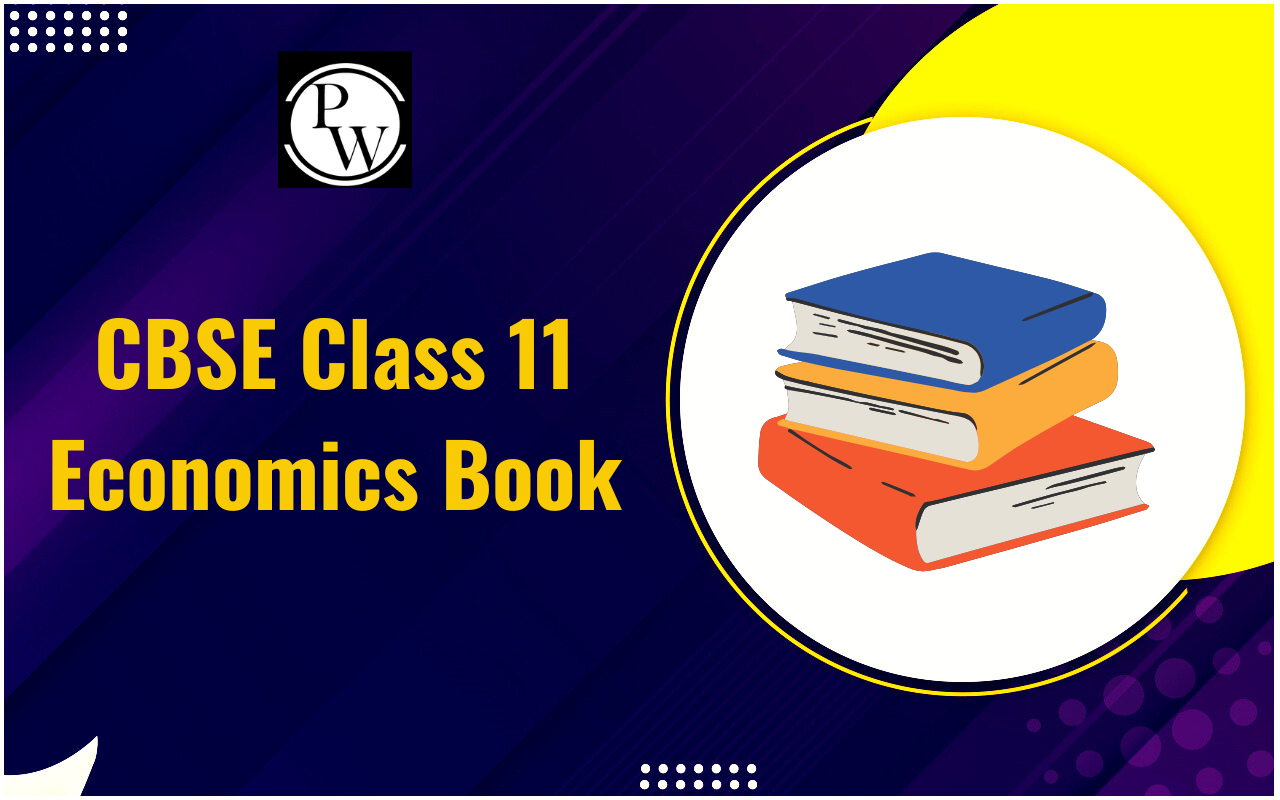
Government Policies: A country's rules of conduct play a crucial role in its operations. The word "policy" essentially denotes a set of rules. The primary objective of governmental policies is to enhance the nation's operational practices and support economic growth.
Government policies cover officials' choices and actions at different levels to attain particular aims. These choices affect various parts of society, spanning businesses, the economy, and the general well-being of the people. Governments employ policies to address economic growth, social welfare, security, and foreign interactions.Also Read- Functions Of Marketing, Meaning, Types
What are Government Policies?
Government policies are essentially a collection of principles, guidelines, and regulations formulated by a government to tackle specific challenges or attain particular objectives. Typically, these policies emerge through democratic processes and are implemented by diverse government agencies.Objectives of Government Policies
In most global economies, there are four primary objectives that government policies aim to achieve:Sustaining Full Employment:
- Full employment is challenging due to frictional unemployment, where job seekers delay work to find the best-suited opportunities.
- While some frictional unemployment is beneficial for job seekers matching skills with positions, a target rate of around 2-3% is considered desirable.
- Governments can reduce unemployment through measures such as increasing aggregate demand via fiscal policies (lowering taxes, increasing public spending) and providing subsidies or tax cuts to encourage business sectors to hire more.
Ensuring Price Stability:
- Inflation diminishes consumer purchasing power, leading to decreased spending and business sales, reducing production and employment.
- Governments strive for price stability by keeping inflation levels low.
Achieving Economic Growth:
- Economic growth improves living conditions, lowers unemployment, and boosts tax revenues for public spending.
- Governments stimulate economic growth through demand-side and supply-side policies.
Maintaining a Balance of Payments:
- A balance of payment deficit occurs when imports exceed exports, while a surplus happens when exports surpass imports.
- Both deficit and surplus can drive short-term economic growth but pose risks in the long run.
- A deficit may lead to substantial national debt, as the government borrows to pay for imports, while a surplus can make the economy heavily reliant on exports and vulnerable to global crises.
- To address a deficit, governments can implement supply-side policies to enhance export and domestic goods competitiveness.
Also Read- What Is Consumer Awareness? Consumer Rights & Responsibilities
Types of Government Policies
There are two primary categories of government policies: macroeconomic and microeconomic, and these can be classified as follows:Regulatory Policies:
Govern the activities of businesses, encompassing areas such as environmental regulations, health and safety standards, and consumer protection rules.Tax Policies:
Shape economic activities of businesses while aiming to minimize adverse social and environmental consequences. An example is the imposition of an excise tax on alcohol to curb consumption and address alcohol-related health issues.Industrial Policies:
Support specific industries, as seen in initiatives like research and development grants, which incentivize businesses to invest in critical innovations like vaccines.Fiscal Policy:
Involves the use of public spending and taxes to influence overall demand and economic growth. For instance, during economic recessions, expansionary fiscal policy may include tax cuts and/or increased public spending to boost aggregate demand.Monetary Policy:
Primarily employs interest rates to impact macroeconomic factors. In an expansionary monetary policy, interest rates are lowered, and the money supply is increased to encourage borrowing, spending, and investment.Supply-Side Policies:
Aim to enhance aggregate supply and productivity within an economy. Interventionist supply-side policies involve government interventions, such as investments in education and infrastructure to improve overall productivity.Also Read- Home Trade Vs Foreign Trade, Which Is Better?
Impact of Government Policies on Businesses
The impact of government policies on businesses is important and can be described as follows:- Government-initiated changes in tax policies can impact various aspects such as taxes, trade, grants, laws, interest rates, and licensing. Businesses need to be flexible to adapt to changing rules and policies.
- Government policies extend their reach to affect the community, taxes, pension systems, immigrants, and laws, fines for rule violations, the educational framework, and the general trade and commerce situation within the economy.
- Social behavior in the business environment can be shaped by government policies, including deals that promote the development of new technologies for necessary changes.
Looking for the Best Commerce Coaching?
Enroll Now in PW Commerce Batches!
Advantages of Government Policies
Government policies can bring about numerous advantages on both businesses and employees, including:Subsidies Support:
Governments have the ability to offer subsidies to particular business sectors, fostering their expansion and progress. This assistance can result in cost reduction, enhanced efficiency, and increased competitiveness for businesses.Tax Incentives:
To stimulate the production of specific goods or products, governments can grant tax exemptions. This serves as an encouragement for businesses to boost the production of these items, contributing to overall economic growth.Political Stability:
A stable political system creates a predictable business environment that appeals to foreign investors. This, in turn, can attract more investment, facilitate job creation, and promote economic growth.Reduced Taxes or Interest Rates:
Governments possess the capability to decrease taxes or interest rates strategically, aiming to boost investment and spending. Such measures can serve as a stimulus for economic activity, leading to job creation and increased consumer spending.Minimum Wage Regulations:
Governments can establish minimum wages that impact business costs. This not only ensures fair compensation for workers but also enables them to afford essential goods and services. Additionally, it contributes to reducing income inequality and enhancing social welfare.Government Policies FAQs
What is the Federal Reserve System?
The Federal Reserve has the charge of monetary policy in the United States. Congress formed it in 1913 to manage the money supply and to actively react to and affect economic situations.
What is the Make In India policy?
The Prime Minister introduced the Make in India initiative in September 2014 as part of a larger set of nation-building efforts.
What are the differences between incentives and subsidies?
Concessions, subsidies, and bounties are examples of incentives. The term 'subsidy' refers to a single lump amount granted by the government to an entrepreneur to cover the cost.
How many different kinds of government policies are there?
Fiscal policy, monetary policy, and supply-side policies are the three basic forms of government macroeconomic policies.
Which sector in India has the largest subsidy?
The Food Subsidy receives the greatest proportion of the overall subsidy provided by the Central Government of India.
Talk to a counsellorHave doubts? Our support team will be happy to assist you!

Check out these Related Articles
Free Learning Resources
PW Books
Notes (Class 10-12)
PW Study Materials
Notes (Class 6-9)
Ncert Solutions
Govt Exams
Class 6th to 12th Online Courses
Govt Job Exams Courses
UPSC Coaching
Defence Exam Coaching
Gate Exam Coaching
Other Exams
Know about Physics Wallah
Physics Wallah is an Indian edtech platform that provides accessible & comprehensive learning experiences to students from Class 6th to postgraduate level. We also provide extensive NCERT solutions, sample paper, NEET, JEE Mains, BITSAT previous year papers & more such resources to students. Physics Wallah also caters to over 3.5 million registered students and over 78 lakh+ Youtube subscribers with 4.8 rating on its app.
We Stand Out because
We provide students with intensive courses with India’s qualified & experienced faculties & mentors. PW strives to make the learning experience comprehensive and accessible for students of all sections of society. We believe in empowering every single student who couldn't dream of a good career in engineering and medical field earlier.
Our Key Focus Areas
Physics Wallah's main focus is to make the learning experience as economical as possible for all students. With our affordable courses like Lakshya, Udaan and Arjuna and many others, we have been able to provide a platform for lakhs of aspirants. From providing Chemistry, Maths, Physics formula to giving e-books of eminent authors like RD Sharma, RS Aggarwal and Lakhmir Singh, PW focuses on every single student's need for preparation.
What Makes Us Different
Physics Wallah strives to develop a comprehensive pedagogical structure for students, where they get a state-of-the-art learning experience with study material and resources. Apart from catering students preparing for JEE Mains and NEET, PW also provides study material for each state board like Uttar Pradesh, Bihar, and others
Copyright © 2025 Physicswallah Limited All rights reserved.
Get App









